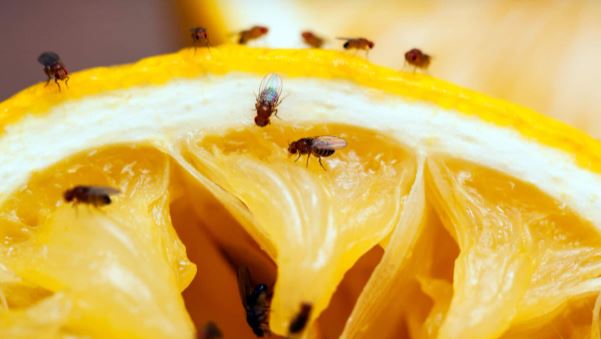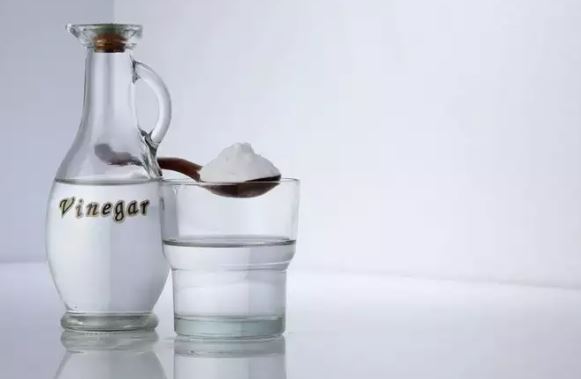There’s something oddly comforting about peeking into the past, especially when it comes to how people stretched every shilling.
The 1930s were a decade of ingenuity, when households faced the Great Depression with grit, creativity and a strict no-waste mindset.
There was no next-day delivery, no disposable culture and certainly no tapping your card for a coffee without thinking twice.
Yet, despite how distant those days might feel, many of their habits still carry surprising value today.
These weren’t just budget tricks. They were a way of life, driven by the simple truth that every penny mattered.
Here are seven odd, yet wonderfully practical, frugal hacks from the 1930s that are not only still relevant but can teach us a thing or two about making the most of what we already have.
1. Saving soap ends in a jar
Back then, not a sliver of soap was wasted. Small leftover bits were collected in a jar, softened with hot water and mashed together to form a new usable bar. It might sound strange, but the idea is brilliant.
Today, it’s not just about saving money. It’s about reducing waste. With a little patience and a small mesh bag or mould, you can revive old bits of soap and make them go further, especially those luxurious bars you hate to see vanish too soon.
2. Turning worn clothes into new ones
Before fast fashion flooded the market, people treated clothing like a long-term investment. A worn-out dress might be remade into a blouse. Dad’s old trousers were cut and stitched into a child’s shorts. Even flour sacks were sewn into aprons, curtains or underwear.
The 1930s homemaker looked at every fabric scrap as material with potential. Today, upcycling is having a comeback and not just for environmental reasons. It’s fashionable, it’s personal and it saves a small fortune.
3. Using vinegar for just about everything
Vinegar was the all-purpose miracle liquid of its time. It cleaned windows, preserved food, softened fabric and even soothed sunburn. It’s easy to see why. Cheap, versatile and chemical-free, vinegar is still a frugal hero. A splash in your laundry softens clothes.
A diluted mix cleans kitchen counters and freshens cutting boards. Add it to baking or even rinse your hair with it. The possibilities are almost endless.
4. Reusing tea bags and coffee grounds
Back then, no one would dream of throwing away a tea bag after one use. A single bag might be stretched for two or even three cups. Used coffee grounds were dried and reused for scrubbing pots or sprinkled in the garden as fertiliser.
It was all about making the most of what you had. Today, reusing grounds for skincare scrubs or to repel garden pests is not only frugal but clever. As for tea bags, many herbal varieties give a second steep just as strong as the first.
5. Lining shelves with newspaper)
It sounds odd, but newspapers weren’t just for reading. Families used them to line shelves, wrap leftovers, polish windows and even insulate walls. While we might not use them as wallpaper anymore, there’s still a practical charm in giving newspapers a second life.
They absorb grease under fried food, keep drawers clean and can even be composted. If you still get a weekend paper, think twice before binning it.
This wasn’t a slogan. It was a survival skill. Buttons were sewn back on without delay. Holes in socks were mended while the radio played in the background. Toys were fixed rather than replaced. Today, these habits might feel quaint, but there’s power in learning how to fix things.
It builds patience and pride. You don’t need to be an expert seamstress to stitch a seam or glue a broken handle. And it certainly beats buying a brand-new one every time something breaks.
7. Cooking with leftovers before they spoil
Throwing food away was unthinkable in the 1930s. Leftovers were transformed into pies, soups or casseroles. A bit of stale bread became breadcrumbs or pudding. Even potato peels could be fried into crisps. This zero-waste cooking method is making a modern-day return, not just for its thrift but for its flavour.
Some of the best meals come from what’s already in your fridge, waiting to be reinvented. It’s not just about saving money, it’s about respecting the food and resources you already have.
There’s something refreshingly honest about 1930s frugality. It wasn’t driven by trends or social media hacks. It came from necessity and respect for resources, no matter how small. These habits may seem outdated on the surface, but beneath them is timeless wisdom.
When we slow down and live a little more like our grandparents did, we discover not just ways to save money, but ways to live with more intention. These old tricks aren’t just about being thrifty. They’re about being mindful, resourceful and occasionally a little clever.
So next time you find yourself tossing out something that might still have a use, ask yourself: what would someone in the 1930s have done?
)










